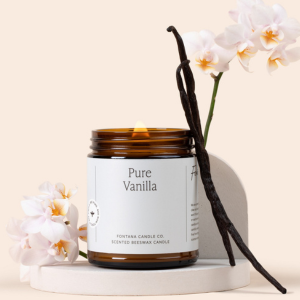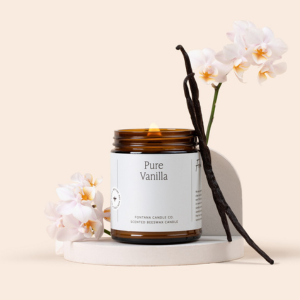What is Multiple Chemical Sensitivity?

Multiple Chemical Sensitivity (MCS) & Fragrance
Multiple Chemical Sensitivity, also called Idiopathic Environmental Intolerances (IEI), is a chronic illness with physical symptoms caused by exposure to certain chemicals, even at extremely low levels. The chemicals most often tied to MCS are common in daily life and can be found in exhaust fumes, fragrance (meaning most home and bath products), plastics, petroleum products, pesticides, and paint fumes. Many of these chemicals are harmful to the general population at much higher levels of exposure.
Physical symptoms are reported to vary from person to person, including symptoms like headaches or migraines, fatigue, weakness, dizziness, numbness, respiratory distress, gastrointestinal distress, irregular heartbeat, joint and muscle pain, and more
Multiple Chemical Sensitivity is still widely unresearched and is not yet recognized by the World Health Organization or American Medical Association. There are multiple theories as to how the MCS works within the body. It is believed by many to be a specific type of anxiety disorder, where the anticipation of chemical exposure causes debilitating physical symptoms.
However, research in other countries has pointed to MCS having genetic, metabolic, and neurological susceptibility factors, potentially solidifying the evidence that MCS is more than a mental illness. The most intriguing theory about MCS is that it is caused by “limbic kindling” - where through repeated exposure to harmful chemicals, the limbic system learns a greatly amplified response to these chemicals, even at extremely low levels. This theory understands MCS as acting more like an autoimmune disease, where the body overreacts to a real or perceived threat.
Given that MCS is not recognized as an illness by many medical organizations, there are no proven treatments yet. However, a neurological-based treatment called Dynamic Neural Retraining System (DNRS) has been a successful treatment for many who have completed the program. This treatment focuses on retraining neural responses to stimuli to prevent the limbic system from over-responding.
Why does this matter to Fontana? When we began pouring candles as a hobby in 2018, we used natural wax but were still using fragrance. While hand pouring our candles, our Founder Katie began reacting to the fragrances and developed multiple chemical sensitivity. She noted having a sore throat and burning eyes every day for over 6 months, and began reacting to many everyday products: laundry detergent, perfume, and hair spray. After visiting several local doctors, no one was able to help her. She had to dig into researching this illness herself, and she found essential oil scented products as the perfect substitute to fragrance. This is why we are so passionate about educating everyone on the ingredients that go into making candles.
In our next article, we will interview Katie and learn more about how substituting products with fragrance was only a small portion of her healing, and how DNRS was a large key to feeling like herself again.
Sources and Additional Reading:
Multiple Chemical Sensitivity - PMC (nih.gov)
Multiple Chemical Sensitivity | Johns Hopkins Medicine
Multiple Chemical Sensitivity (MCS) - (annmccampbellmd.com)
How to Rewire Your Brain Using DNRS, with Annie Hopper | RHR (chriskresser.com)

































